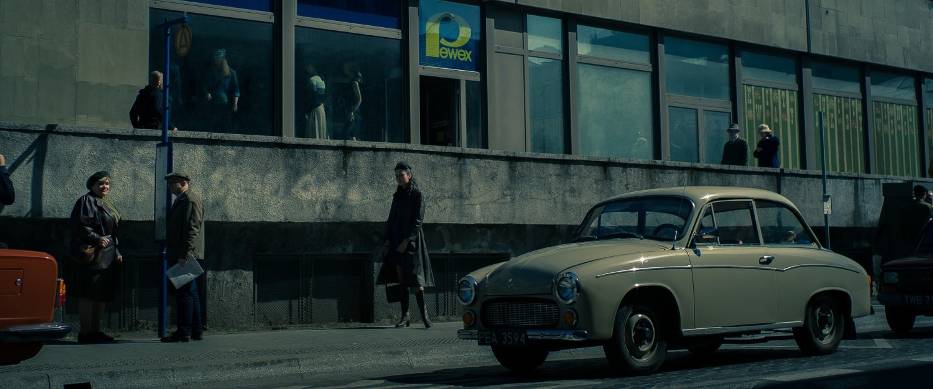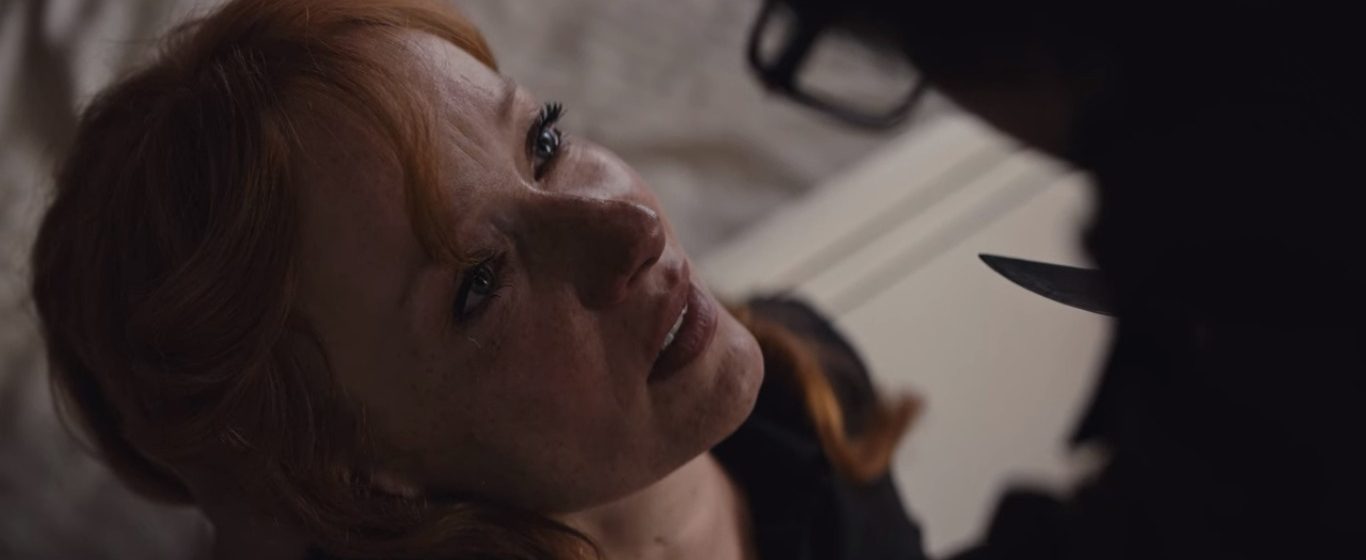‘The Mire’ is a slow-burn mystery series that follows two journalists in a small Polish town where a brutal murder takes place. As the reporters delve into the case, inconsistencies point to a much bigger conspiracy that the town’s most powerful seem to want to keep buried at any cost. The smaller crimes of many of the officials involved are also revealed, leading to a web of deceit and murder that the journalists must then try to untangle whilst also putting themselves in harm’s way.
The series, which is set in the 1980s, shows a bleak and muted society that looks peaceful on the surface but is tormented by the past. The characters, too, are morally ambivalent and flawed. The show’s controlled storytelling feels authentic, and on multiple occasions, seems to be based on reality. So is ‘The Mire’ based on a true story? Let’s find out.
Is The Mire Based on a True Story?
No, ‘The Mire’ is not based on a true story. The authentic and detailed 1980s setting of the show, along with references to actual historical events, give the show the highly convincing and widely acclaimed aesthetic that makes it feel like a true story. It is, in fact, a work of fiction written by Kasper Bajon and Jan Holoubek, who took murder mystery stories and tied them into historic contexts.

Season 1 of the show is set in the 1980s when Poland (then called the Polish People’s Republic or PRL) was a communist state. This form’s much of the backdrop of the show, with characters frequently seen queuing for food, driving very similar cars, and having very basic clothes, with anything from abroad considered a luxury. The policemen are also referred to as the “Militia.” The constant political unrest that marked this period is also palpable on the show, with multiple characters, including one of the victims — Justyna’s father — also going to prison for it.
Most notably, of course, is the specter of World War 2 and its horrors that loom large and indirectly inform much of the show’s overall arc. One of the lead characters, Witold, is looking for a woman he loves who was taken into a concentration camp and not seen again. The Gronty forest, which the show largely revolves around, is also revealed to be the site of what was once a concentration camp and is now a mass grave for all the people that perished in it. The forest in the show could be inspired by the Katyn Forest Massacre, which came to light when mass graves containing over 20,000 Polish officers, dignitaries, and citizens who were taken as prisoners, were discovered. Moreover, the Katyn Forest is also located in a rural locality of the same name, much like the show’s Gronty Forest.
For season 2, the show’s creators have moved the setting to the 1990s for the story to resonate more with younger generations. Once again, the “murder-mystery” aspect of the story is fictional, this time based on a script titled ‘Murder,’ originally written by Marcin Wrona and Paweł Maślona. Most significantly, season 2 centers around the 1997 Central European Flood, also known as the Millenium Flood, which had devastating effects in Poland and the Czech Republic and also affected Germany. Other socio-political aspects of the time period, including the country’s runup to officially joining NATO in 1999, are also portrayed in the show’s signature detailed historic backdrop.
The makers of ‘The Mire’ take history seriously and present it as a convincing backdrop for the show’s story. Though the names and locations have been changed or, in some cases, only vaguely specified (the town the show centers on remains largely nameless), the effect that historic events had on society at the time is authentically represented. The show, in its 2 seasons, uses 2 separate catastrophic events (WW2 and the Central European Flood) as markers for the fictional mystery story that is then superimposed onto the historic settings.
Read More: The Mire Season 1 Ending, Explained


You must be logged in to post a comment.